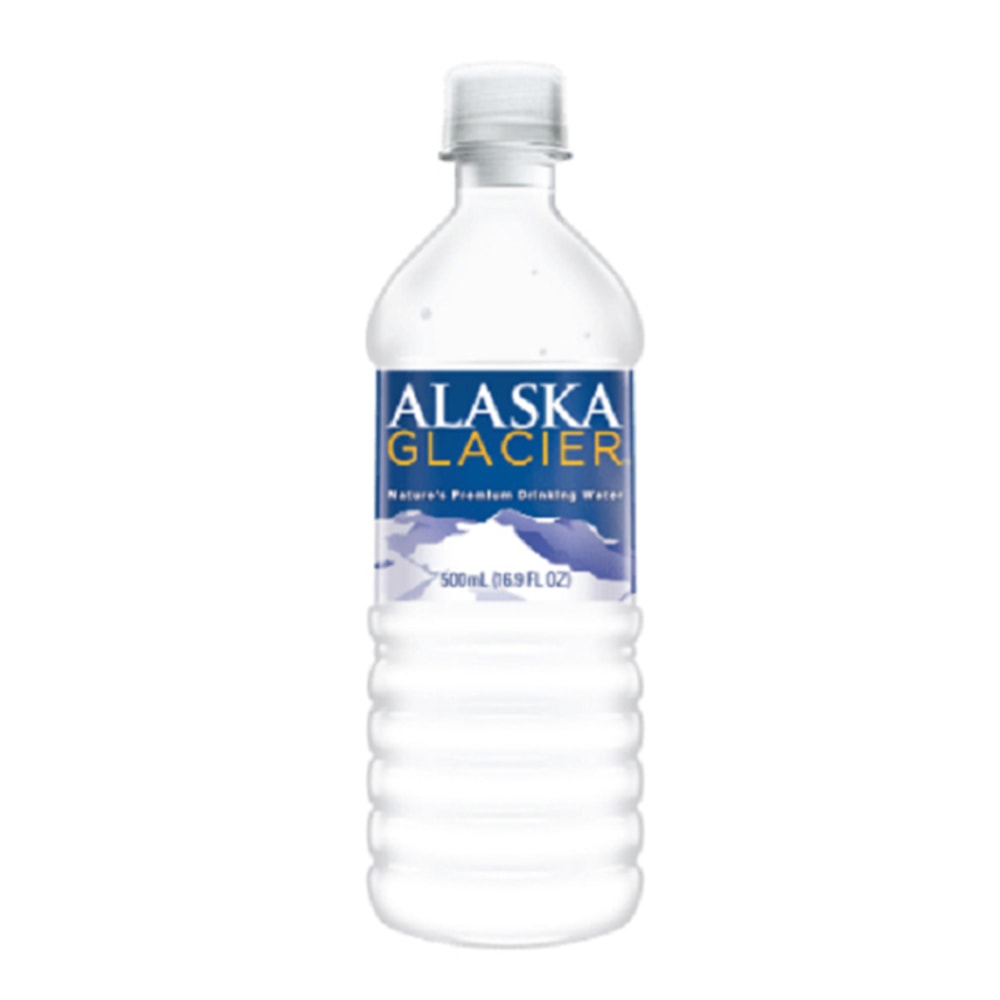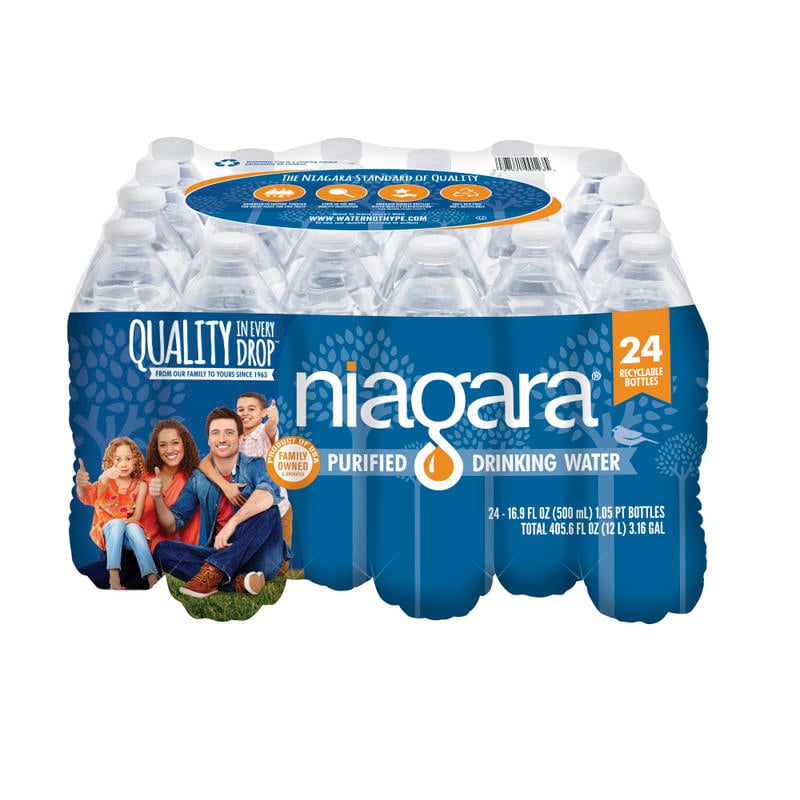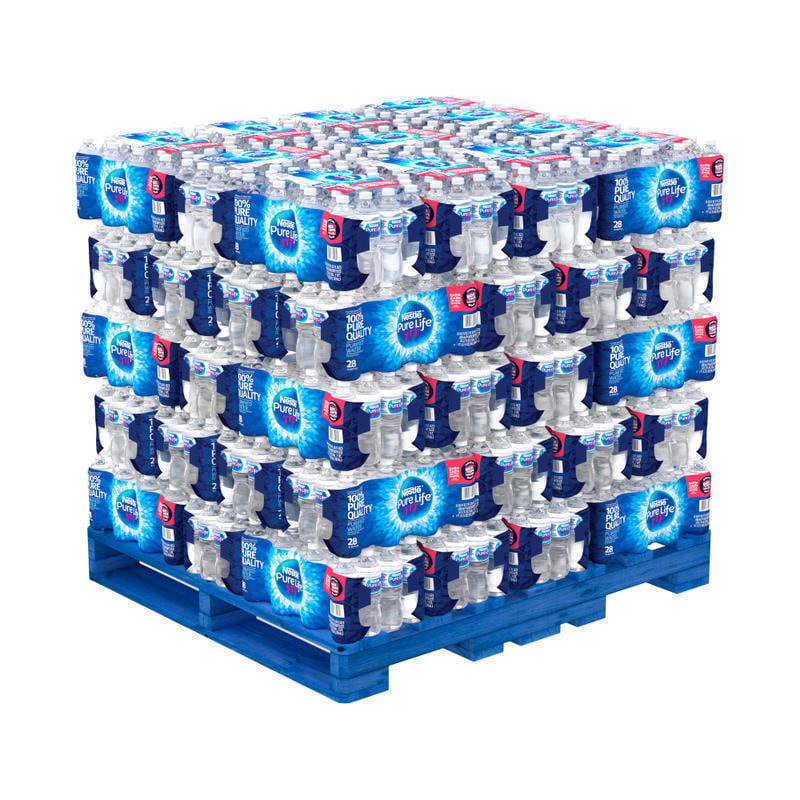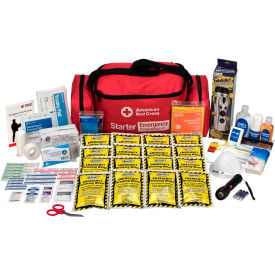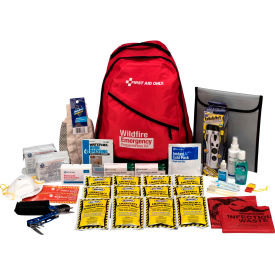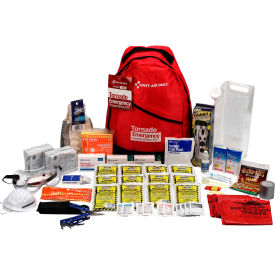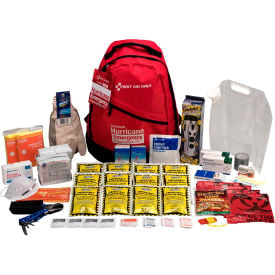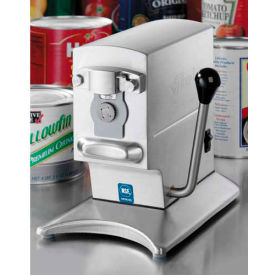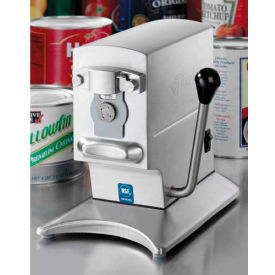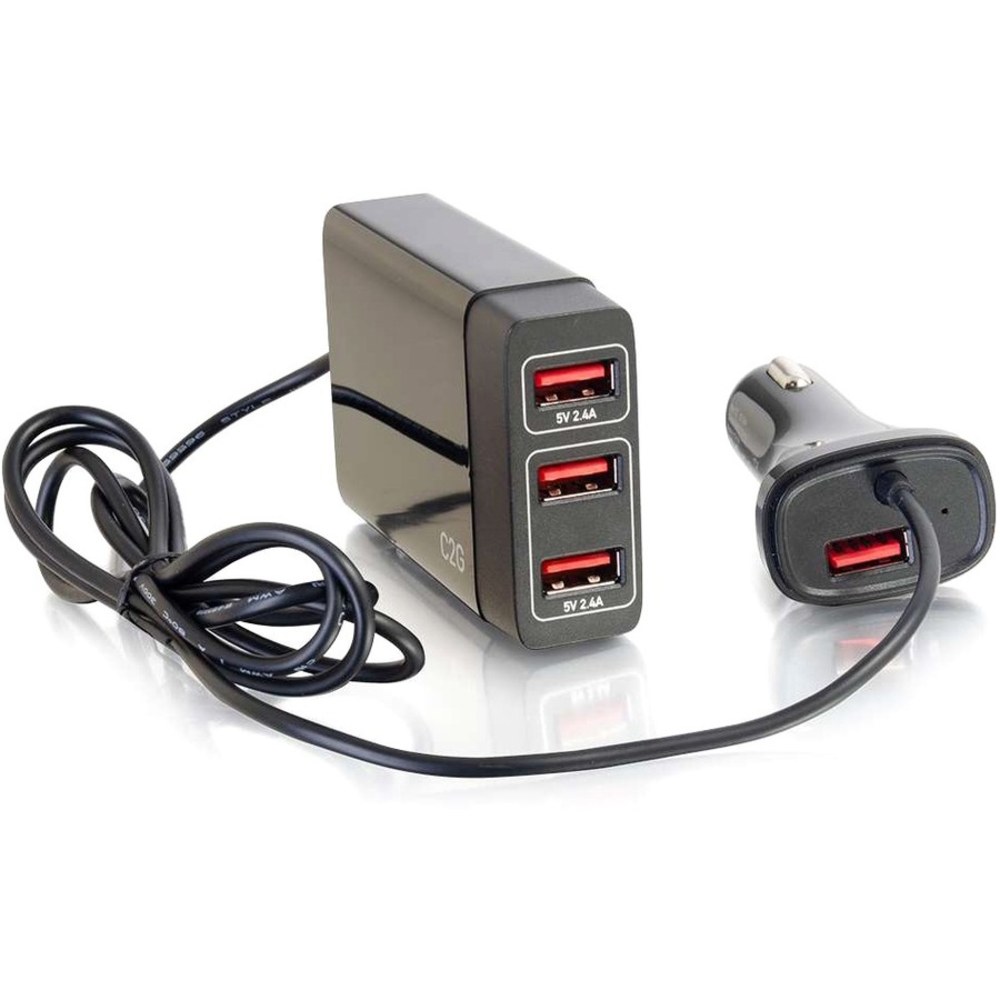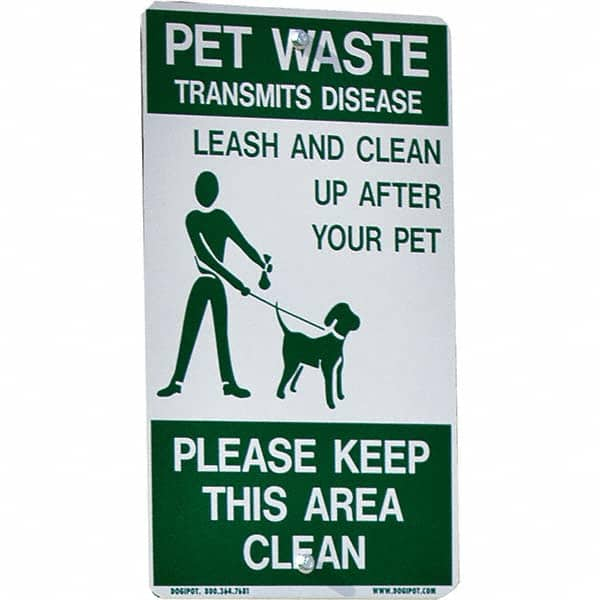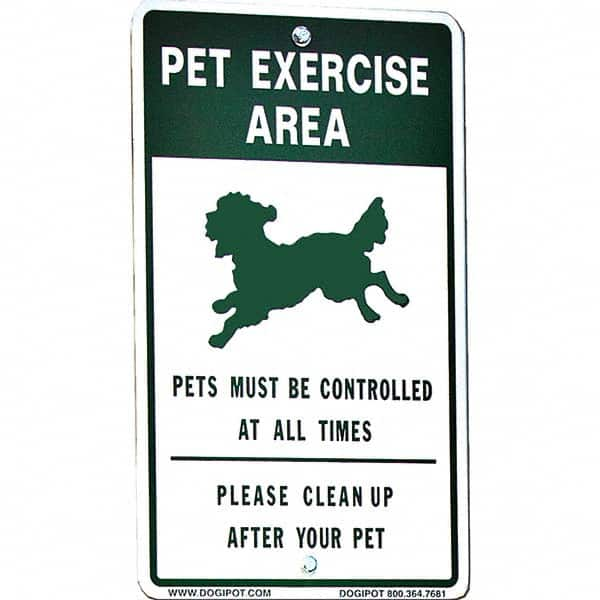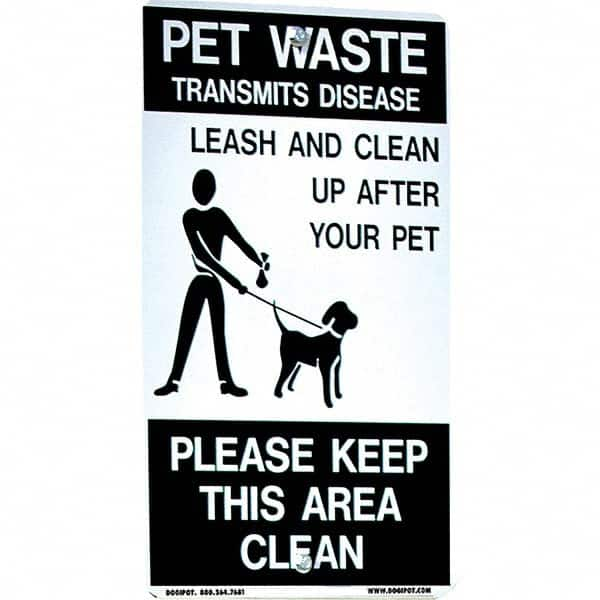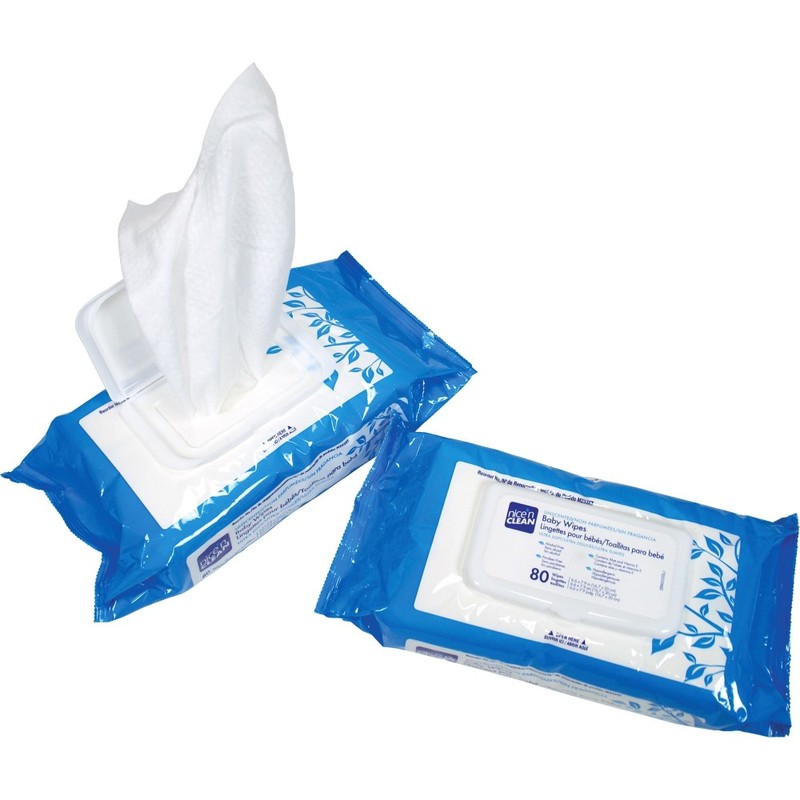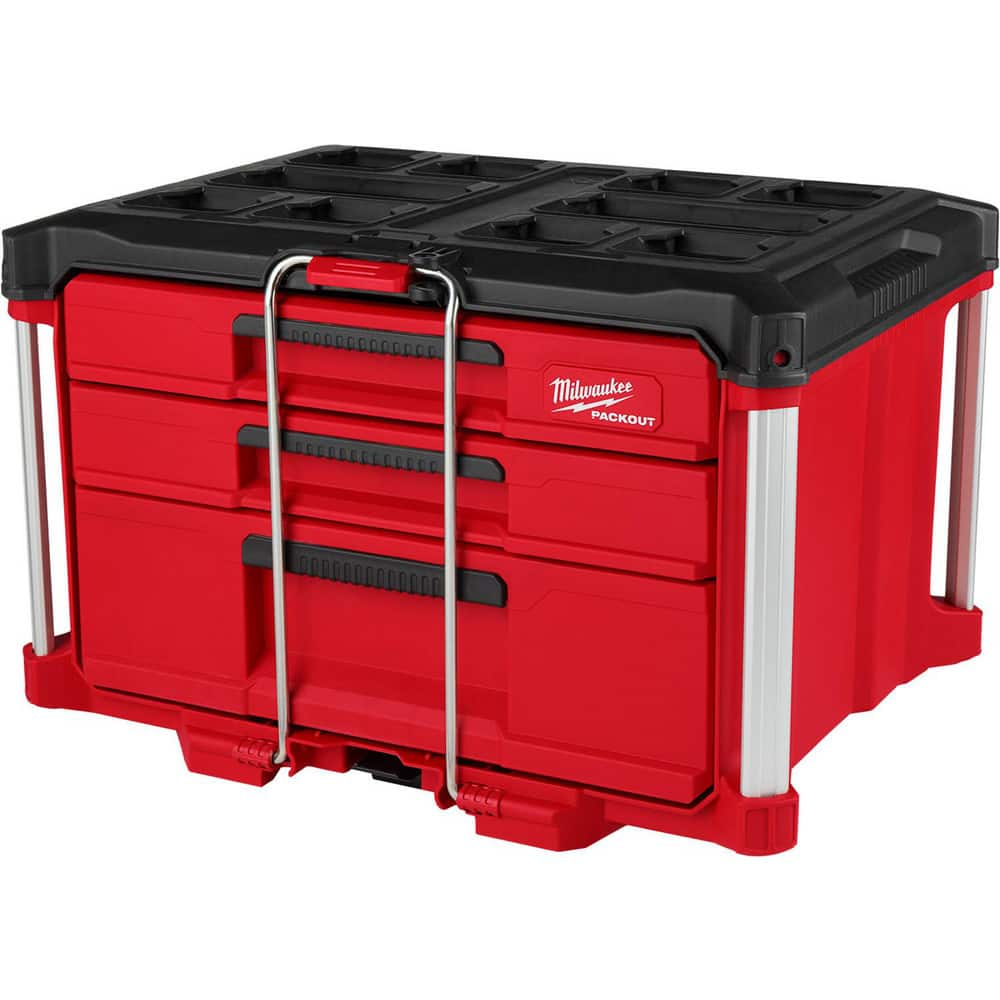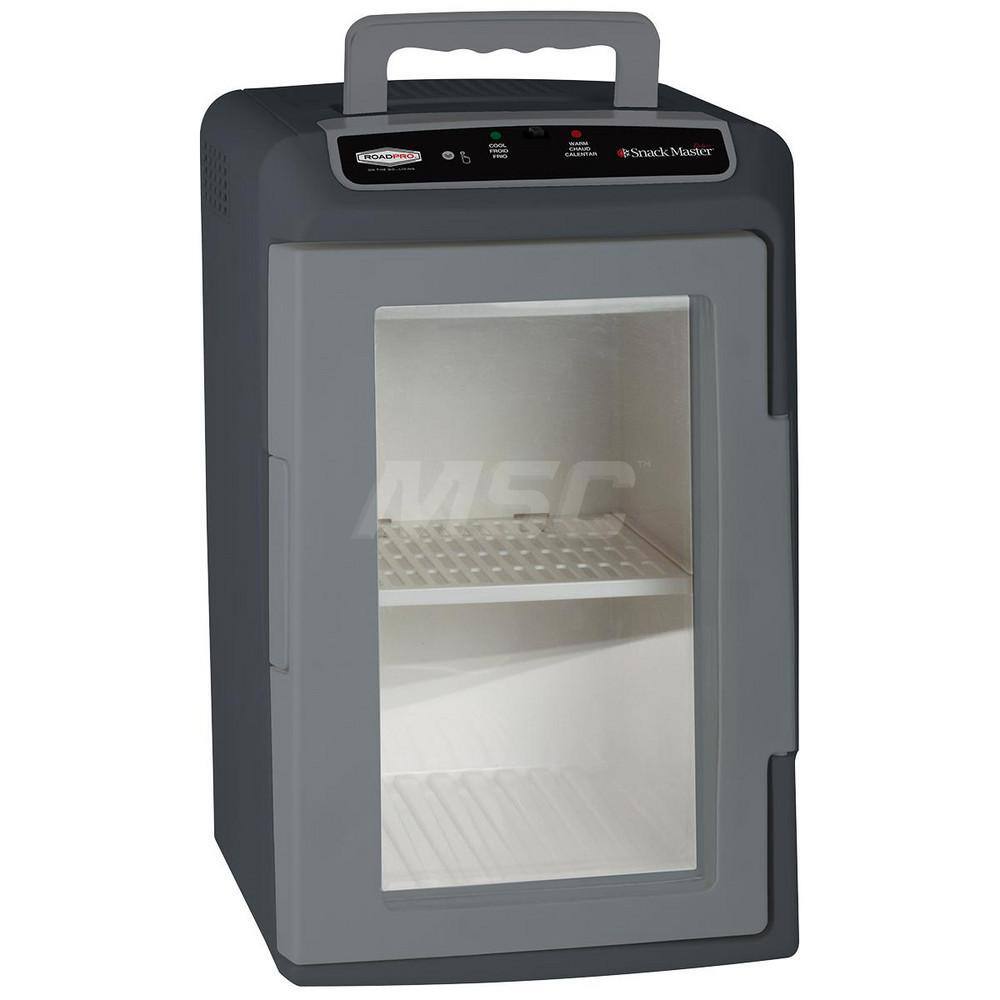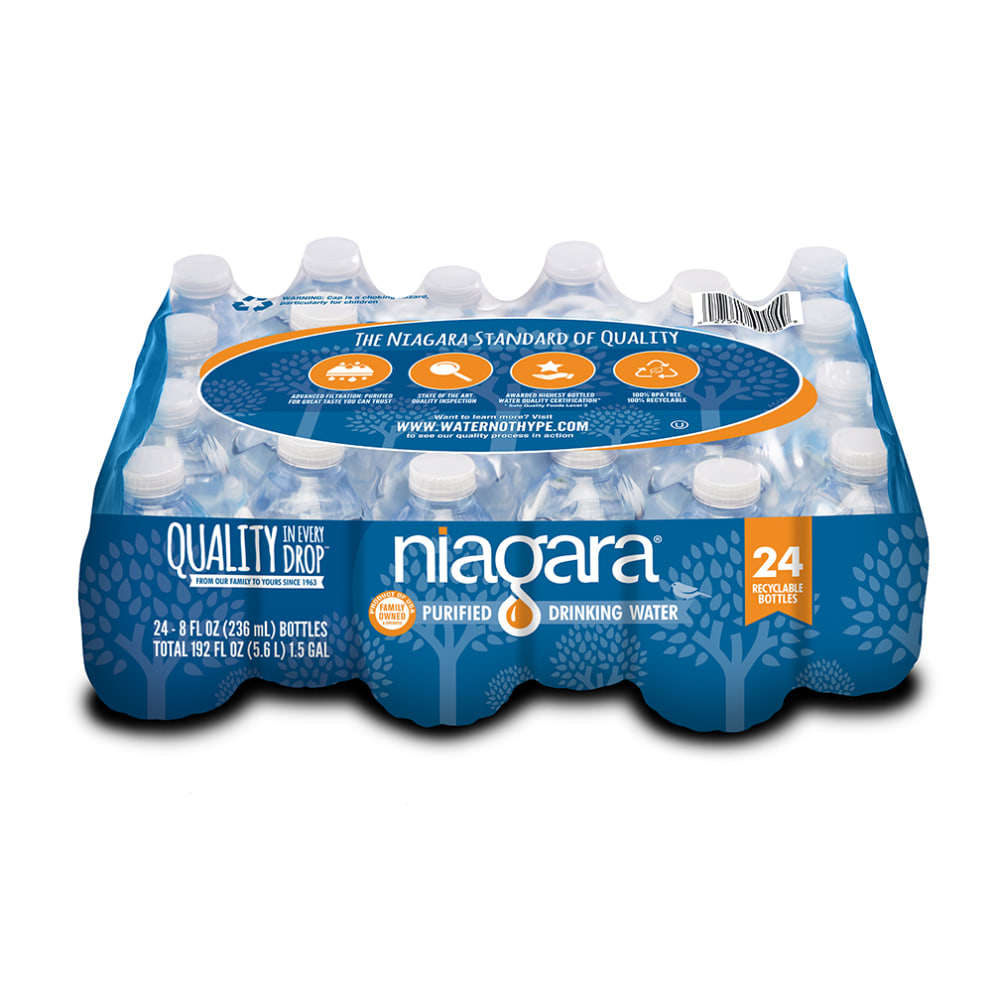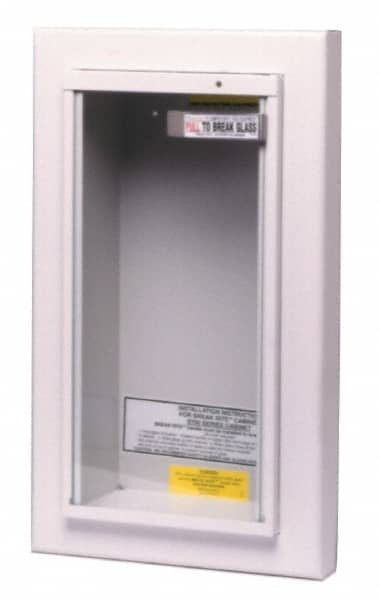Hurricane Preparedness: From Costly Lessons to a Resilient Future
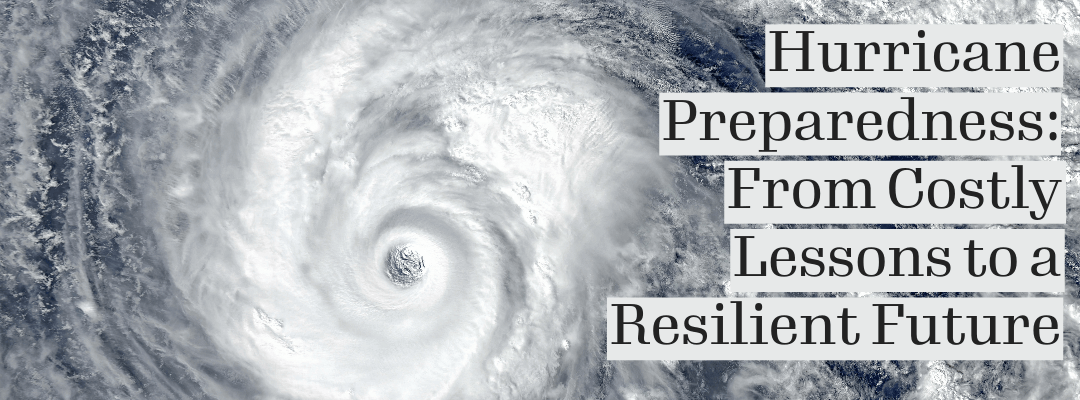
Introduction:
It's the peak of hurricane season, a time when the relentless forces of nature can unleash their fury upon communities, leaving a trail of devastation in their wake. Whether they are colossal or seemingly small, hurricanes have the potential to wreak havoc, reminding us of their sheer power. In this article, we embark on a journey through the annals of meteorological history, exploring the most expensive hurricanes, understanding the reasons why preparedness is paramount, and forging a path towards a more resilient future. From the colossal economic toll of Hurricane Katrina to the recent lessons learned from Hurricane Ida, join us as we navigate the turbulent waters of hurricane preparedness.
Background:
Hurricanes, those formidable tempests born from the depths of the ocean, are among the most destructive natural phenomena on Earth. They are not solely defined by their sheer power, for even seemingly small hurricanes can unleash widespread devastation. It is during these moments, as we confront the damage wrought by these storms, that we are reminded of the imperative of preparedness. Hurricanes have a unique way of humbling us, underlining the fragility of our infrastructure, the importance of safeguarding lives, and the necessity of protecting our communities.
Weathering the Storms: The Top 25 Most Expensive Hurricanes in History
The fury of nature knows no bounds, and when unleashed in the form of hurricanes, it can wreak havoc on communities, economies, and lives. Over the years, the Atlantic Basin has borne witness to some of the most destructive and costly hurricanes in history. These hurricanes have left indelible marks, not only on the landscapes they ravaged but also in the collective memory of those who experienced their wrath. In this article, we delve into the annals of meteorological history to explore the top 25 most expensive hurricanes, quantified in billions of US dollars, and reflect on the profound impact of these catastrophic events. From the catastrophic Hurricane Katrina to the recent and still-fresh wounds of Hurricane Ian, each storm has its own tale of destruction, recovery, and lessons learned. Join us on this journey as we uncover the economic and human toll of these formidable natural forces, emphasizing the imperative of preparedness, resilience, and climate adaptation in the face of an increasingly volatile world.
- Katrina (2005) - Cost: 193.8 billion USD: Hurricane Katrina in 2005 is infamous for its catastrophic damage to New Orleans and the Gulf Coast. It exposed vulnerabilities in disaster response and flood control measures.
- Harvey (2017) - Cost: 125.0 billion USD: Hurricane Harvey in 2017 led to unprecedented flooding in Houston, Texas. It highlighted the need for better urban planning and flood management.
- Ian (2022) - Cost: 115.2 billion USD: Hurricane Ian in 2022 caused extensive damage, underlining the ongoing threat of hurricanes and the importance of preparedness.
- Maria (2017) - Cost: 108.9 billion USD: Hurricane Maria in 2017 devastated Puerto Rico, exposing shortcomings in disaster relief efforts and the fragility of the island's infrastructure.
- Sandy (2012) - Cost: 83.9 billion USD: Hurricane Sandy in 2012 affected the Northeastern United States and emphasized the risks of rising sea levels and coastal erosion.
- Ida (2021) - Cost: 80.2 billion USD: Hurricane Ida in 2021 brought destructive flooding to Louisiana and the Northeast, highlighting the increasing frequency of intense storms.
- Irma (2017) - Cost: 60.5 billion USD: Hurricane Irma in 2017 impacted Florida and the Caribbean, emphasizing the need for better evacuation plans and building codes.
- Andrew (1992) - Cost: 57.0 billion USD: Hurricane Andrew in 1992 transformed hurricane preparedness in South Florida and prompted stricter building standards.
- Ike (2008) - Cost: 40.9 billion USD: Hurricane Ike in 2008 revealed the vulnerabilities of Texas's coastal infrastructure and the importance of resilient construction.
- Charley (2004) - Cost: 29.5 billion USD: Hurricane Charley in 2004 affected Florida, highlighting the need for improved hurricane tracking and public awareness.
- Ivan (2004) - Cost: 28.6 billion USD: Hurricane Ivan in 2004 demonstrated the unpredictability of hurricane paths and the importance of timely evacuations.
- Irene (2011) - Cost: 26.1 billion USD: Hurricane Irene in 2011 brought flooding to the Northeast, underscoring the need for floodplain management and preparedness.
- Gustav (2008) - Cost: 21.6 billion USD: Hurricane Gustav in 2008 prompted extensive evacuation efforts in the Gulf Coast, highlighting the importance of disaster response.
- Allison (2001) - Cost: 19.8 billion USD: Tropical Storm Allison in 2001 caused widespread flooding in Houston, Texas, emphasizing the risks of urban flooding.
- Floyd (1999) - Cost: 18.5 billion USD: Hurricane Floyd in 1999 revealed the potential for massive inland flooding and the need for coordinated responses.
- Rita (2005) - Cost: 18.2 billion USD: Hurricane Rita in 2005 led to extensive evacuations in Texas and Louisiana, highlighting the challenges of mass evacuation.
- Hugo (1989) - Cost: 16.3 billion USD: Hurricane Hugo in 1989 impacted the Southeastern United States, showcasing the importance of early warning systems.
- Jeanne (2004) - Cost: 16.6 billion USD: Hurricane Jeanne in 2004 highlighted the need for hurricane-resistant construction in Florida.
- Dennis (2005) - Cost: 12.7 billion USD: Hurricane Dennis in 2005 brought destruction to the Gulf Coast, reinforcing the importance of evacuation plans.
- Charley (1998) - Cost: 12.5 billion USD: Hurricane Charley in 1998 impacted Florida and emphasized the need for improved hurricane forecasting.
- Isabel (2003) - Cost: 10.7 billion USD: Hurricane Isabel in 2003 affected the Mid-Atlantic and Northeastern United States, highlighting the importance of coastal resilience.
- Georges (1998) - Cost: 10.6 billion USD: Hurricane Georges in 1998 prompted extensive evacuation efforts in the Gulf Coast, underlining the need for hurricane preparedness.
- Frances (2004) - Cost: 10.1 billion USD: Hurricane Frances in 2004 affected Florida and emphasized the importance of hurricane tracking and early warnings.
- Opal (1995) - Cost: 9.3 billion USD: Hurricane Opal in 1995 showcased the rapid intensification of hurricanes and the challenges they pose.
- Ivan (2005) - Cost: 9.1 billion USD: Hurricane Ivan in 2005 impacted the Gulf Coast, reinforcing the need for resilient infrastructure and emergency planning.
These hurricanes, with their staggering costs, serve as stark reminders of the economic and human toll of extreme weather events. They also highlight the importance of investing in disaster preparedness, resilient infrastructure, and climate adaptation measures to mitigate future impacts.
The Top 25 Most Powerful Hurricanes in Atlantic Ocean History
The Atlantic Ocean has witnessed some of the most powerful and destructive hurricanes in recorded history. These hurricanes, ranked by their minimum pressure and maximum sustained winds, serve as a stark reminder of nature's immense power. Here are the top 25 most powerful hurricanes on record in the Atlantic Ocean and the significance of their intensity. Hurricane Lee (2023) is not listed below, but deserves a mention as it peaked at 165 mph on Sept 9th, 2023.
- Wilma (2005) - Minimum Pressure: 882 mbar, Maximum Sustained Winds: 185 mph: Hurricane Wilma in 2005 ranks as the most powerful hurricane in Atlantic history. Its rapid intensification demonstrated the potential for hurricanes to reach unprecedented levels of strength.
- Gilbert (1988) - Minimum Pressure: 888 mbar, Maximum Sustained Winds: 185 mph: Hurricane Gilbert in 1988 showcased the explosive development of hurricanes and the challenges they pose to forecasting and disaster preparedness.
- Labor Day Hurricane (1935) - Minimum Pressure: 892 mbar, Maximum Sustained Winds: 185 mph: The Labor Day Hurricane of 1935 stands as the strongest hurricane to make landfall in the United States. It devastated the Florida Keys and highlighted the need for robust infrastructure in hurricane-prone regions.
- Rita (2005) - Minimum Pressure: 897 mbar, Maximum Sustained Winds: 180 mph: Hurricane Rita in 2005 reinforced the importance of evacuation plans and the potential for multiple major hurricanes in a single season.
- Allen (1980) - Minimum Pressure: 899 mbar, Maximum Sustained Winds: 190 mph: Hurricane Allen in 1980 underscored the challenges of tracking and responding to rapidly changing hurricane conditions.
- Katrina (2005) - Minimum Pressure: 902 mbar, Maximum Sustained Winds: 175 mph: Hurricane Katrina in 2005 is etched in history as one of the most devastating hurricanes in the United States. Its impact on New Orleans exposed vulnerabilities in disaster response and the need for comprehensive flood control measures.
- Camille (1969) - Minimum Pressure: 905 mbar, Maximum Sustained Winds: 175 mph: Hurricane Camille in 1969 highlighted the necessity of early evacuation warnings and communication systems.
- Mitch (1998) - Minimum Pressure: 905 mbar, Maximum Sustained Winds: 180 mph: Hurricane Mitch in 1998 emphasized the importance of international cooperation in responding to major hurricanes, particularly in Central America.
- Ivan (2004) - Minimum Pressure: 912 mbar, Maximum Sustained Winds: 160 mph: Hurricane Ivan in 2004 showcased the unpredictability of hurricane tracks and the need for constant monitoring.
- Isabel (2003) - Minimum Pressure: 915 mbar, Maximum Sustained Winds: 165 mph: Hurricane Isabel in 2003 raised awareness about the potential for hurricanes to impact the Mid-Atlantic and Northeastern United States.
- Hugo (1989) - Minimum Pressure: 918 mbar, Maximum Sustained Winds: 140 mph: Hurricane Hugo in 1989 revealed the vulnerability of coastal communities and the importance of building codes.
- Dean (2007) - Minimum Pressure: 918 mbar, Maximum Sustained Winds: 165 mph: Hurricane Dean in 2007 demonstrated the need for preparedness in the Caribbean and Gulf of Mexico.
- Opal (1995) - Minimum Pressure: 919 mbar, Maximum Sustained Winds: 150 mph: Hurricane Opal in 1995 highlighted the complexities of hurricane forecasting and response in the Gulf of Mexico.
- Hattie (1961) - Minimum Pressure: 920 mbar, Maximum Sustained Winds: 155 mph: Hurricane Hattie in 1961 underscored the potential for hurricanes to impact Central America with devastating force.
- Gloria (1985) - Minimum Pressure: 920 mbar, Maximum Sustained Winds: 160 mph: Hurricane Gloria in 1985 raised concerns about hurricane preparedness along the Eastern Seaboard.
- Floyd (1999) - Minimum Pressure: 921 mbar, Maximum Sustained Winds: 155 mph: Hurricane Floyd in 1999 emphasized the importance of evacuation plans and flood mitigation.
- Andrew (1992) - Minimum Pressure: 922 mbar, Maximum Sustained Winds: 165 mph: Hurricane Andrew in 1992 transformed disaster response and recovery efforts in South Florida.
- C (1935) - Minimum Pressure: 924 mbar, Maximum Sustained Winds: 165 mph: The unnamed 1935 Labor Day Hurricane left a lasting impact on hurricane tracking and forecasting.
- Anita (1977) - Minimum Pressure: 926 mbar, Maximum Sustained Winds: 160 mph: Hurricane Anita in 1977 highlighted the potential for hurricanes to impact the Gulf of Mexico.
- David (1979) - Minimum Pressure: 926 mbar, Maximum Sustained Winds: 185 mph: Hurricane David in 1979 reinforced the need for hurricane preparedness throughout the Caribbean and Eastern Seaboard.
- H (1880) - Minimum Pressure: 928 mbar, Maximum Sustained Winds: 175 mph: The unnamed 1880 hurricane served as a reminder of the historical impact of powerful hurricanes.
- Carol (1953) - Minimum Pressure: 929 mbar, Maximum Sustained Winds: 150 mph: Hurricane Carol in 1953 brought attention to hurricane preparedness in the Northeastern United States.
- Inez (1966) - Minimum Pressure: 929 mbar, Maximum Sustained Winds: 150 mph: Hurricane Inez in 1966 demonstrated the potential for multiple hurricanes to impact the Caribbean in a single season.
- Felix (1995) - Minimum Pressure: 929 mbar, Maximum Sustained Winds: 155 mph: Hurricane Felix in 1995 raised concerns about hurricane preparedness in Central America.
- Emily (2005) - Minimum Pressure: 929 mbar, Maximum Sustained Winds: 160 mph: Hurricane Emily in 2005 highlighted the challenges of managing multiple hurricanes in a single season.
These hurricanes, each a Category 5 storm with sustained winds of at least 157 mph, have left an enduring impact on the science of hurricane tracking, preparedness, and resilience. They serve as a reminder of the relentless power of nature and the importance of being prepared for hurricanes, regardless of their strength.
The 25 Worst Hurricanes in US History: Devastation and Lessons Learned
Hurricanes have always been a formidable force of nature, capable of unleashing immense destruction and causing tragic loss of life. In the history of the United States, several hurricanes stand out as the most devastating, leaving an indelible mark on the communities they struck. In this article, we will delve into the 25 worst hurricanes in US history, ranked by their estimated death tolls. These storms serve as a somber reminder of the need for hurricane preparedness and resilience.
- Great Galveston Hurricane (1900) - 8,000+ deaths: The Great Galveston Hurricane of 1900 remains the deadliest hurricane in US history. It swept through Galveston, Texas, with unprecedented fury, leaving thousands dead and a city in ruins. This tragedy underscored the importance of early warning systems and infrastructure resilience.
- Lake Okeechobee Hurricane (1928) - 2,500 deaths: The Lake Okeechobee Hurricane of 1928 struck Florida, causing widespread flooding and devastation. It highlighted the vulnerability of low-lying coastal regions and led to improved flood control measures.
- Katrina (2005) - 1,200 deaths: Hurricane Katrina is seared into the nation's memory as one of the most catastrophic disasters in recent history. The storm's impact on New Orleans exposed systemic failures in disaster response and prompted major reforms in emergency management. Learn more at Weather.gov.
- Cheniere Caminanda (1893) - 1,100-1,400 deaths: The Cheniere Caminanda Hurricane of 1893 wrought havoc along the Gulf Coast, emphasizing the need for coastal communities to bolster their resilience against storm surges and high winds.
- Sea Islands (1893) - 1,000-2,000 deaths: Another 1893 hurricane, the Sea Islands Hurricane brought devastation to Georgia and South Carolina. This disaster emphasized the importance of communication and coordination among coastal communities during evacuation.
- GA/SC (1881) - 700 deaths: The GA/SC Hurricane of 1881 highlighted the need for improved forecasting capabilities. The tragedy spurred advances in meteorology and storm tracking.
- Audrey (1957) - 416 deaths: Hurricane Audrey's impact on Louisiana and Texas in 1957 revealed the necessity of evacuation plans, especially for vulnerable populations. Read more at KVUE.
- Great Labor Day Hurricane (1935) - 408 deaths: The Great Labor Day Hurricane of 1935 underscored the dangers of storm surges and the importance of protecting coastal communities through robust infrastructure.
- Last Island (1856) - 400 deaths: The Last Island Hurricane of 1856 serves as a grim reminder of the unpredictability of hurricanes and the need for ongoing research into storm behavior.
- Miami Hurricane (1926) - 372 deaths: The Miami Hurricane of 1926 highlighted the importance of preparedness and public awareness campaigns.
- Grand Isle (1909) - 350 deaths: The Grand Isle Hurricane of 1909 emphasized the necessity of building codes and construction practices that can withstand hurricane forces.
- FL Keys/S TX (1919) - 287+ deaths: The FL Keys/S TX Hurricane of 1919 underscored the need for hurricane shelters and evacuation plans in coastal areas.
- New Orleans (1915) - 275 deaths: The New Orleans Hurricane of 1915 prompted discussions on improved levee systems to protect against flooding.
- Galveston (1915) - 275 deaths: The Galveston Hurricane of 1915 reiterated the importance of coastal defenses and infrastructure resilience.
- Camille (1969) - 256 deaths: Hurricane Camille in 1969 exposed the necessity of early evacuation warnings and communication systems.
- New England (1938) - 256 deaths: The New England Hurricane of 1938 emphasized the need for coordinated responses among states during major hurricanes.
- Diane (1955) - 184 deaths: Hurricane Diane in 1955 highlighted the importance of disaster relief efforts and community support. Learn more at Weather.gov.
- GA/SC/NC (1898) - 179 deaths: The GA/SC/NC Hurricane of 1898 spurred discussions on building resilient infrastructure along the East Coast.
- TX (1875) - 176 deaths: The TX Hurricane of 1875 underscored the importance of hurricane tracking and forecasting.
- Southeast FL (1906) - 164 deaths: The Southeast FL Hurricane of 1906 led to advancements in meteorological research.
- Indianola (1886) - 150 deaths: The Indianola Hurricane of 1886 prompted discussions on coastal development and infrastructure resilience.
- MS/AL/FL (1906) - 134 deaths: The MS/AL/FL Hurricane of 1906 underscored the need for early warning systems and the importance of community preparedness.
- FL/GA/SC (1896) - 130 deaths: The FL/GA/SC Hurricane of 1896 served as a reminder of the destructive potential of hurricanes and the necessity of evacuation plans.
- Agnes (1972) - 122 deaths: Hurricane Agnes in 1972 brought significant rainfall and flooding to the Eastern United States, highlighting the need for floodplain management and disaster response. Learn more at Weather.gov.
- Hazel (1954) - 95 deaths: Hurricane Hazel in 1954 impacted the Mid-Atlantic and Northeastern United States, showcasing the importance of accurate forecasting and timely evacuations. For more information, visit Weather.gov.
These hurricanes, in their own ways, left an enduring impact on the United States, leading to advancements in meteorology, disaster preparedness, and infrastructure resilience. They serve as stark reminders of the need for vigilance and proactive measures in the face of nature's most powerful storms.
25 Compelling Reasons to Prepare for Hurricanes: Weathering the Storms of Nature
Hurricanes, those colossal tempests born from the ocean's depths, are relentless forces of nature. When they make landfall, they leave in their wake a trail of devastation, disrupting lives and economies. While we may not be able to prevent these storms, we can prepare for them. In this comprehensive guide, we present 25 compelling reasons why it is absolutely essential to be ready for hurricanes. Each reason is accompanied by an explanation, offering insights into the far-reaching consequences of these mighty natural phenomena. From safeguarding lives to preserving communities and economies, the imperative for preparedness becomes abundantly clear. Join us as we explore the myriad reasons why readiness for hurricanes is not just advisable but absolutely necessary.
- Protecting Lives: Preparedness saves lives. Having a plan and the necessary supplies can make all the difference during a hurricane's fury.
- Minimizing Injuries: Proper preparation reduces the risk of injuries caused by flying debris, flooding, and other hurricane-related hazards.
- Preserving Health: Adequate supplies and medical kits ensure access to essential healthcare during and after a storm, preventing health crises.
- Securing Homes: Reinforcing structures and implementing flood mitigation measures can prevent extensive property damage.
- Maintaining Food Supply: Stocking non-perishable food ensures sustenance when supply chains are disrupted.
- Access to Clean Water: Storing clean water or water filtration systems guarantees access to safe drinking water if utilities fail.
- Ensuring Hygiene: Proper sanitation prevents the spread of diseases in the aftermath of a hurricane.
- Communication: Preparedness includes having communication plans and backup power sources to stay informed and connected.
- Protecting Vulnerable Populations: Specialized plans cater to the needs of elderly, disabled, and medically fragile individuals.
- Swift Evacuation: Knowing evacuation routes and having evacuation plans in place ensures a timely escape from danger zones.
- Rescue Readiness: Prepared communities can respond effectively to urgent rescue situations.
- Economic Stability: Preparedness helps minimize economic losses by reducing business interruptions and infrastructure damage.
- Preserving Natural Resources: Responsible preparation safeguards local ecosystems from contamination and destruction.
- Community Cohesion: Preparation fosters a sense of community, encouraging mutual support during and after a hurricane.
- Rapid Recovery: Well-prepared areas can recover more quickly, reducing the duration of disruption.
- Insurance Premiums: Preparedness can lead to lower insurance premiums, saving homeowners and businesses money.
- Infrastructure Resilience: Investing in hurricane-resistant infrastructure prevents costly repairs and replacements.
- Agricultural Protection: Preparedness safeguards crops and livestock, preserving the agricultural industry.
- Public Confidence: Adequate preparation builds public confidence in local governments and emergency services.
- Reducing Psychological Impact: Preparedness eases the emotional burden on individuals and communities during and after a hurricane.
- Disaster Relief: Being ready reduces the demand for disaster relief efforts, allowing resources to be allocated elsewhere.
- Educational Continuity: Preparedness ensures the continuity of education for students in hurricane-prone areas.
- Preserving Cultural Heritage: Planning safeguards historical landmarks and cultural treasures from destruction.
- Environmental Conservation: Preparation minimizes environmental damage and promotes sustainable practices.
- Climate Adaptation: As hurricanes intensify with climate change, preparedness becomes an essential adaptation strategy.
In the face of the awesome power of hurricanes, preparedness stands as our shield. It is not merely a choice but a necessity. These 25 compelling reasons underscore the importance of readiness. From safeguarding lives and property to preserving ecosystems and fostering community resilience, hurricane preparedness is a responsibility we all share. Let us heed these reasons, learn from history, and commit to being ready for the next hurricane. Our safety, our communities, and our future depend on it.
What are the top 25 Hurricane Supplies that anyone in a Hurricane Path should have on their preparation list for during any Hurricane Season?
Preparing for hurricane season is crucial, and having the right supplies on hand can make a significant difference in your safety and comfort during and after a hurricane. Here is a list of the top 25 hurricane supplies that anyone in a hurricane-prone area should have in their preparation kit:
Water: One gallon of water per person per day for at least three days, for drinking and sanitation.
Emergency and Non-Perishable Food: A three-day supply of canned or dried foods that don't require refrigeration or cooking.
Manual Can Opener: To open canned foods.
Battery-Powered or Hand-Crank Radio: For receiving weather alerts and emergency information.
Flashlights: With extra batteries, or solar-powered flashlights.
Candles and Waterproof Matches: For lighting if the power goes out.
First Aid Kit: Including bandages, antiseptic wipes, scissors, tweezers, and any necessary prescription medications.
Multi-Tool or Swiss Army Knife: Useful for various tasks.
Personal Hygiene Items: Such as soap, hand sanitizer, toothbrush, toothpaste, and sanitary supplies.
Cash and Important Documents: Copies of identification, insurance policies, medical records, and other essential documents in a waterproof container.
Cell Phone and Charger: A portable charger or a solar-powered charger is especially useful.
Local Maps: In case GPS and internet services are unavailable.
Whistle: To signal for help if needed.
Duct Tape and Plastic Sheeting: Useful for quick repairs and sealing windows.
Moisture-Resistant Bags: For protecting important documents and electronics.
Blankets or Sleeping Bags: To keep warm if your home is damaged.
Change of Clothes: Including sturdy shoes and rain gear.
Pet Supplies: If you have pets, include food, water, leash, and carrier.
Baby Supplies: If you have infants or young children, include formula, diapers, and baby food.
Cooler: To help keep perishable items cool if you lose power.
Insect Repellent: To protect against mosquitoes and other pests in the aftermath.
Chlorine Tablets or Water Filtration System: In case clean water becomes scarce.
Fire Extinguisher: For safety in case of fires.
Entertainment: Books, board games, or other activities to keep occupied during power outages.
Remember to periodically check and refresh your hurricane supplies to ensure that they remain in good condition and are not expired. Additionally, consider your family's specific needs and adapt your kit accordingly, especially if you have infants, elderly family members, or individuals with special medical requirements. Being well-prepared can help you and your loved ones stay safe during hurricane season.
Conclusion:
As we reflect on the most expensive hurricanes in history and the myriad reasons to prepare for these natural disasters, one truth becomes abundantly clear: preparedness is not a luxury; it is an absolute necessity. Whether it's safeguarding lives, minimizing economic losses, or preserving our environment, the reasons to be ready for hurricanes are compelling and undeniable. Let us learn from history, invest in resilience, and unite in our commitment to weathering the storms of the future. Our safety, our communities, and our planet depend on it



